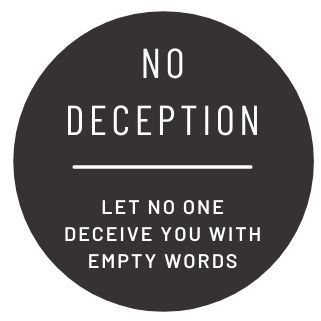“…any possible doubts, whether or not well founded, about the safety of the [oral polio] vaccine cannot be allowed to exist in view of the need to assure that the vaccine will continue to be used to the maximum extent consistent with the nation’s public health objectives.”
Department of Health and Human Services, Food and Drug Administration,
21 CFR Part 630 Additional Standards for Viral Vaccines; Poliovirus Vaccine, Live, Oral; Final Rule
Federal Register Vol. 49, No. 107, June 1, 1984

In the 1970s and 1980s, the vaccine industry was facing lawsuits for injuries and illness induced by the live polio vaccine, as well as the whole cell pertussis vaccine. The pharmaceutical industry, rather than owning up to the damage that was being done by their products, and removing them from the market so that safer vaccines could be used, they chose to lobby the US government for liability protection from their victims.
After four years of intense pressure by vaccine interests, Congress passed the 1986 National Childhood Vaccine Injury Act, giving them the liability-free product line that they desired.
But their efforts bore other poison fruit as well. The birth of the era of Vaccine Injury Denialism that has become epidemic in the modern world, even as the US Department of Health and Human Services, Vaccine Injury Compensation Program has paid out more than four billion dollars in vaccine injury payments to American families.
We can see the proud and unrepentant announcement of this policy of lying to the American people plainly stated in the 1984 Congressional record.
In their review polio vaccine manufacturing guidelines, FDA noted that:
“In the 12-year period 1969 through 1980, approximately 290 million doses of oral poliovirus vaccine were distributed and 92 cases of paralytic poliomyelitis associated with the vaccine were reported to CDC (1 case per 3.3 million doses distributed).”
If FDA was correct in its incredibly low adverse outcome rate for Oral Polio Vaccine (OPV) induced paralytic polio, then surely the admission that such a very small fraction of those receiving the vaccine were contracting vaccine associated paralytic polio would be something to brag about. Indeed, being able to tout such scant adverse outcome rates would increase public confidence in the polio vaccine program.
But instead, the FDA came to the conclusion that lying to the public was the action it would take. The FDA lowered the regulatory hurdles for OPV, and then admitted on the record that they would deny any adverse vaccine reactions:
“However, although the continued availability of the vaccine may not be in immediate jeopardy, any possible doubts, whether or not well founded, about the safety of the [oral polio] vaccine cannot be allowed to exist in view of the need to assure that the vaccine will continue to be used to the maximum extent consistent with the nation’s public health objectives.”
To our knowledge, neither FDA or any other agency in the US Department of Health and Human Services (HHS) has issued a statement retracting or condemning such a policy. In fact HHS agencies propagate the use of a false overall vaccine injury rate of 1 in 1 million (the rate not of vaccine injury in the US, but of vaccine injury compensation in the US) when CDC’s own contractors have reported to the agency a likely 1 in 39 vaccine injury rate in the US.
